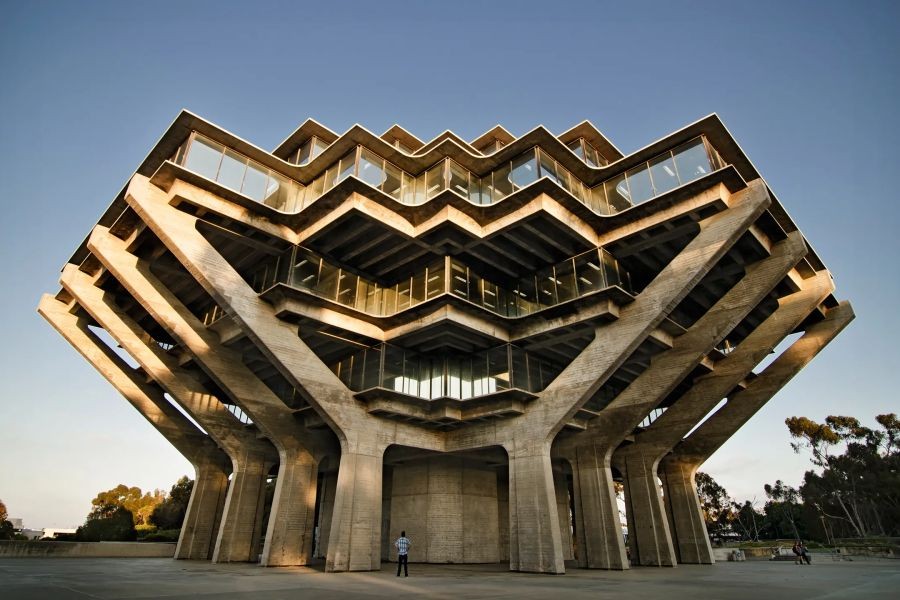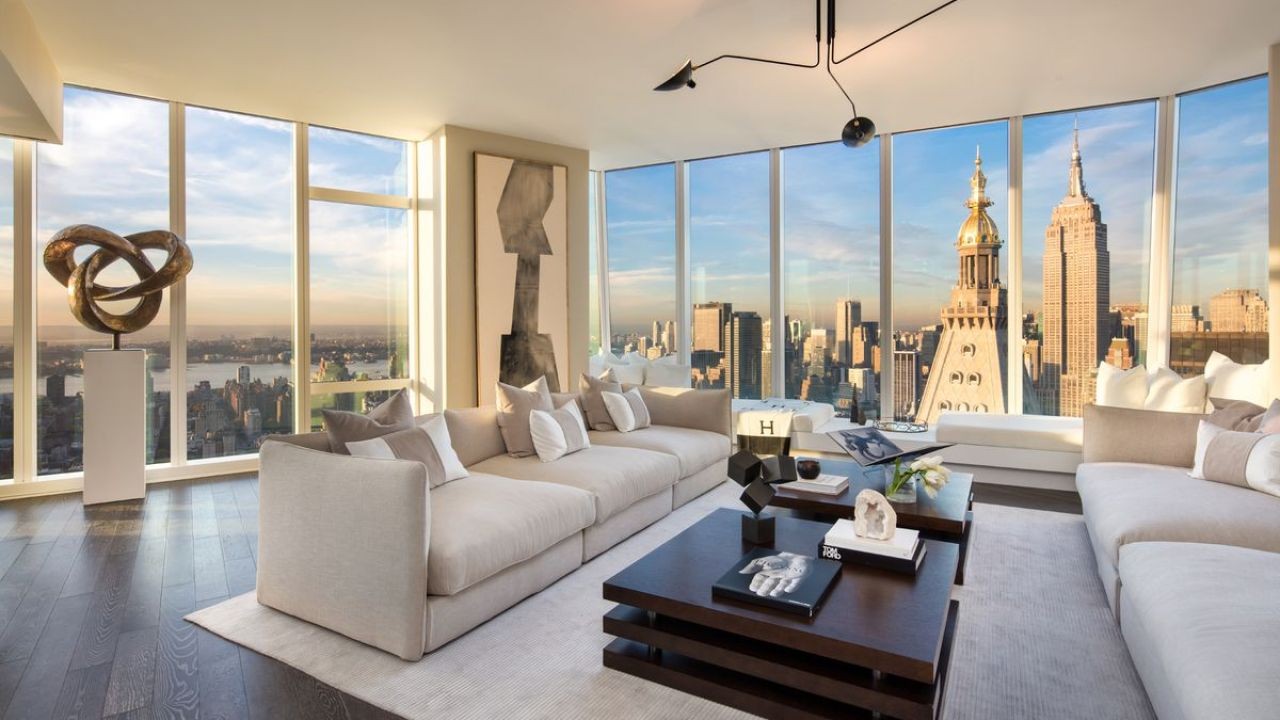In New Zealand, architecture is more than just a reflection of aesthetic preferences; it plays a crucial role in shaping national identity. The architectural landscape of New Zealand is a mosaic that mirrors its rich cultural heritage, economic dynamics, and environmental ethos. As a technology strategist, understanding this interplay provides valuable insights into how architecture influences industries and societal trends in the country.
The Intersection of Architecture and Culture
Architecture in New Zealand is deeply intertwined with its cultural heritage. This is evident in the integration of Māori design principles in modern architecture. The use of traditional Māori motifs and sustainable building practices are increasingly prevalent, reflecting a societal shift towards honoring indigenous cultures while advancing environmental sustainability. For example, the Te Oro music and arts center in Auckland is a testament to this blend, where the design incorporates Māori cultural elements and aims to foster community engagement.
Economic Impacts: A Catalyst for Growth
Architecture significantly impacts New Zealand's economy, particularly in the construction and tourism sectors. According to Stats NZ, the construction industry contributes approximately 7% to the national GDP. Architectural innovation drives this sector, leading to the development of eco-friendly buildings that appeal to both local and international markets.
Moreover, iconic structures such as the Sky Tower in Auckland not only serve as landmarks but also boost tourism, contributing significantly to the economy. With tourism being a major industry in New Zealand, accounting for about 5.8% of GDP, architectural landmarks play a pivotal role in attracting tourists and supporting related businesses.
Case Study: The Christchurch Rebuild
Following the devastating earthquakes in 2010 and 2011, Christchurch faced the massive task of rebuilding. This presented an opportunity to rethink urban design and incorporate resilience into the architecture. The city’s rebuild has been guided by a vision to create a sustainable and people-friendly urban environment.
Problem: The earthquakes left a significant portion of Christchurch’s infrastructure in ruins, impacting the local economy and displacing residents.
Action: The government and local authorities launched a comprehensive rebuild plan, focusing on sustainable architecture and community involvement. Innovations like the Cardboard Cathedral, designed by Shigeru Ban, symbolize resilience and adaptability.
Result: The rebuild has rejuvenated Christchurch, attracting new businesses and increasing tourism. The city has become a model for urban resilience, with its architecture reflecting a commitment to sustainability and community well-being.
Takeaway: The Christchurch rebuild highlights the potential of architecture to drive economic recovery and foster a sense of identity and pride.
Contrasting Perspectives: Tradition vs. Modernity
The architecture in New Zealand often navigates the tension between preserving traditional aesthetics and embracing modern innovations. On one hand, there is a strong movement to preserve historical buildings, which are seen as cultural treasures. On the other hand, the push towards modern, smart buildings equipped with the latest technology is undeniable.
This duality is evident in Wellington, where heritage buildings stand alongside cutting-edge structures. The preservation of heritage sites is supported by policies that encourage restoration, reflecting the importance of historical identity. Simultaneously, the construction of intelligent buildings, which incorporate IoT and smart technology, showcases New Zealand's commitment to innovation and sustainability.
Pros and Cons of Architectural Trends
- Pros: Integration of technology in architecture can lead to energy-efficient buildings, reducing overall carbon footprint. Additionally, architectural innovation can drive economic growth by attracting investments and boosting the tourism sector.
- Cons: The push for modernization may sometimes lead to the neglect of historical sites. There is also the risk of creating socio-economic divides if modern architecture is not accessible to all segments of society.
Future Trends: The Path Forward
Looking ahead, New Zealand's architectural landscape is poised for exciting developments. According to MBIE forecasts, there is an increasing trend towards green buildings, driven by both consumer demand and regulatory frameworks promoting sustainability. By 2026, green building certifications are expected to become a standard practice, influencing both residential and commercial real estate sectors.
Additionally, the integration of AI and IoT in building designs is set to transform urban living spaces, making them smarter and more responsive to the needs of inhabitants. As the country embraces these innovations, architecture will continue to be a defining element of national identity, reflecting both cultural heritage and forward-thinking sustainability practices.
Conclusion: Embrace the Architectural Evolution
Architecture in New Zealand is not just about buildings; it is about creating spaces that embody the nation's values and aspirations. For businesses and individuals alike, understanding these dynamics offers a roadmap for navigating the future. As New Zealand continues to balance tradition with innovation, the architectural sector will undoubtedly play a pivotal role in shaping the country's identity and economic landscape.
If you're intrigued by the evolving role of architecture in New Zealand, consider how these trends might impact your industry. How can your business leverage these insights to drive growth and innovation? Share your thoughts and join the conversation!
People Also Ask
- How does architecture influence New Zealand's economy?Architecture impacts the economy by driving growth in construction and tourism sectors, contributing significantly to GDP through sustainable and innovative design practices.
- What are the biggest misconceptions about architecture in New Zealand?A common myth is that modern architecture neglects heritage. In reality, many projects integrate historical elements, balancing tradition with innovation.
- What future trends are shaping New Zealand's architecture?Trends include a shift towards green building practices and the integration of smart technologies, aiming for sustainable urban development.
Related Search Queries
- Role of architecture in New Zealand culture
- Sustainable architecture trends in NZ
- Impact of Māori culture on New Zealand architecture
- Green building certifications in New Zealand
- Christchurch rebuild architecture
- Smart buildings in New Zealand
- Heritage preservation in NZ architecture
- Future of urban design in New Zealand
- Economic impact of architecture in NZ
- Iconic buildings in New Zealand
































SPEEDHOME
7 months ago